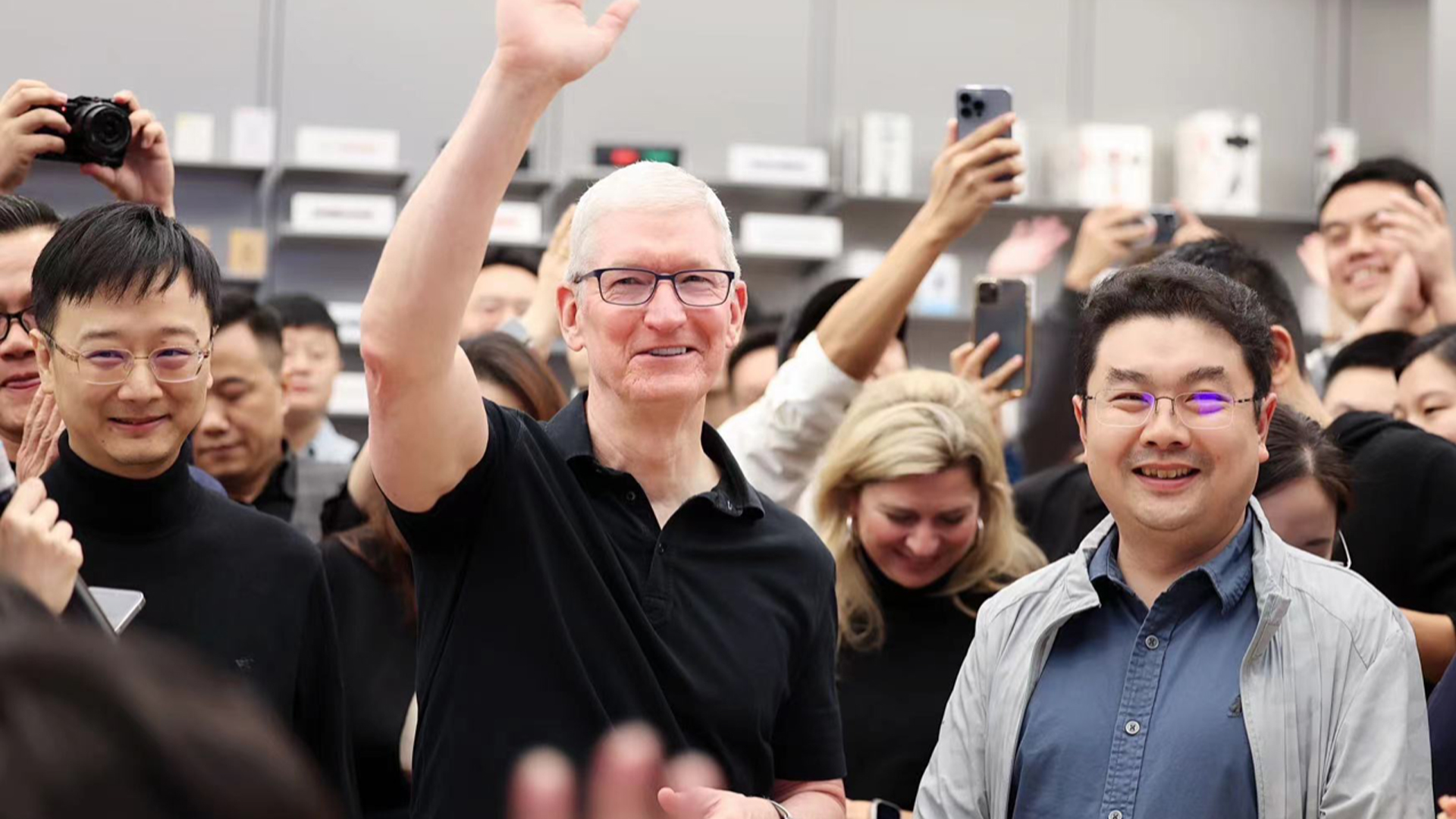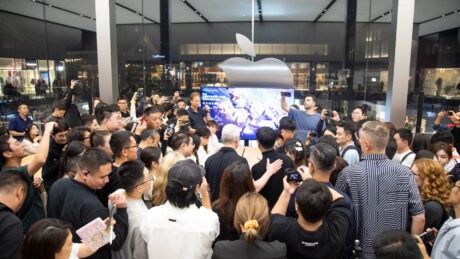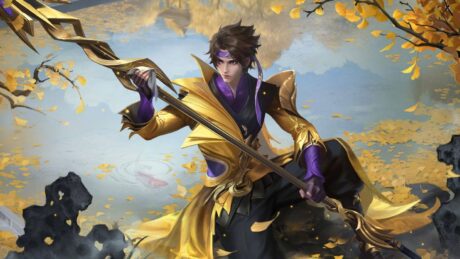It’s not every day that one of the world’s top tech leaders experiences the intense competition of the most-played multiplayer online battle arena title on the planet. As Apple CEO Tim Cook visited one of the company’s retail stores in Chengdu, China, the esports battle in Honor of Kings had only just begun.
The fervor was all part of a Today at Apple session, where Ling Fei, head of the Honor of Kings technical team at TiMi Studio Group, was on hand to oversee the esports contest and guide visitors through the technological innovations that continue to strengthen the Honor of Kings MOBA experience, especially on iOS.
Graphical power tops the list, with vibrant colors and sharp images set to be enhanced further by high dynamic range support and MetalFX Upscaling tech, directly tapping the latest in Apple technology. Rest assured, for those with more moderate smartphones, the improvements aren’t limited to the latest iPhone users. The team is also actively working behind the scenes to ensure the best possible experience for all users.
With Honor of Kings having first launched in 2015, the challenge is for the developers to continue creating fresh and exciting content, all while juggling the advent of notable technology advances and features available to iterate on. This leading MOBA has consistently done so, a fact that is not lost on the industry’s top movers and shakers.
For a start, advancements in mobile computing power and displays have largely delivered an unprecedented level of graphical fidelity, putting them pretty much on par with last-generation game consoles. However, for smartphones, that comes with a cost to power consumption and device sustainability.
For the TiMi team working on HoK’s ongoing development, it would have been easy to maximize eye-catching graphical performance above all. But for the team, offering a great experience to all players, regardless of their device, remains a key priority
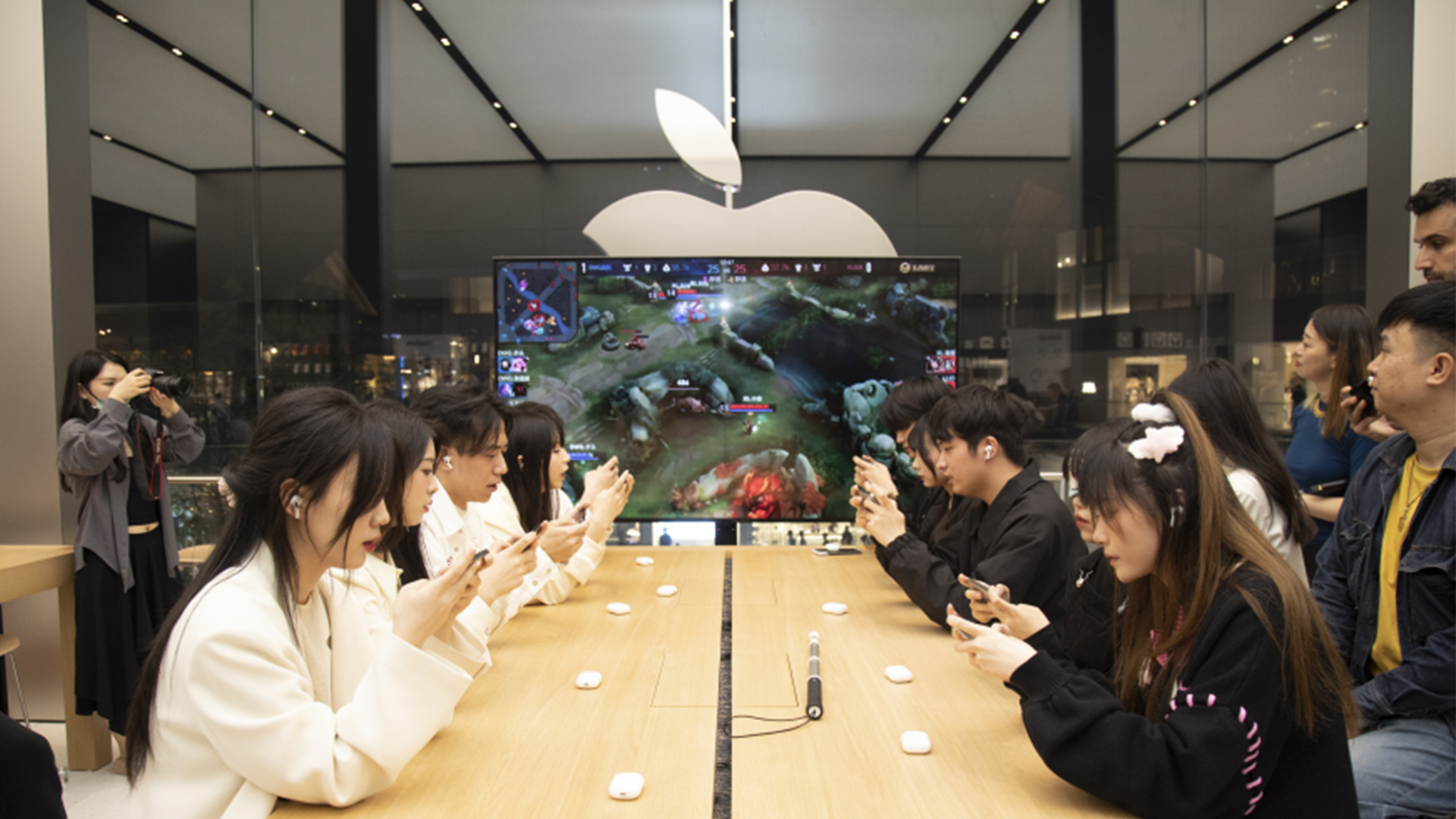
“We will try our best to utilize hardware’s capabilities to achieve a balance between effects and power consumption for improved game graphics quality. This will not only unleash as much as possible the display capability of high-end devices but also bring more compatibility to a broader range of devices with various requirements,” said Ling Fei.
As part of the efforts, TiMi developed a proprietary rendering solution for mobile devices, which can deliver high-quality visuals within a limited performance budget, covering critical aspects like lighting, shadows, dynamic global illumination and occlusions. It is also adaptable, scaling seamlessly from low-end to high-end devices. As a result, every player can relish the best visual gaming experience their phones can provide.
Having a team that is agile and flexible helps tremendously as well, shaping the direction of Honor of Kings in the right direction, even if it requires plenty of hard work down the line.
“Whenever an idea is proposed, experts from different teams will meet to discuss whether this idea can be implemented now and, if not, whether we need to lay out and explore this direction. While certain ideas cannot be implemented at present, if we think the direction is correct and valuable, we will invest in it,” Ling Fei added.
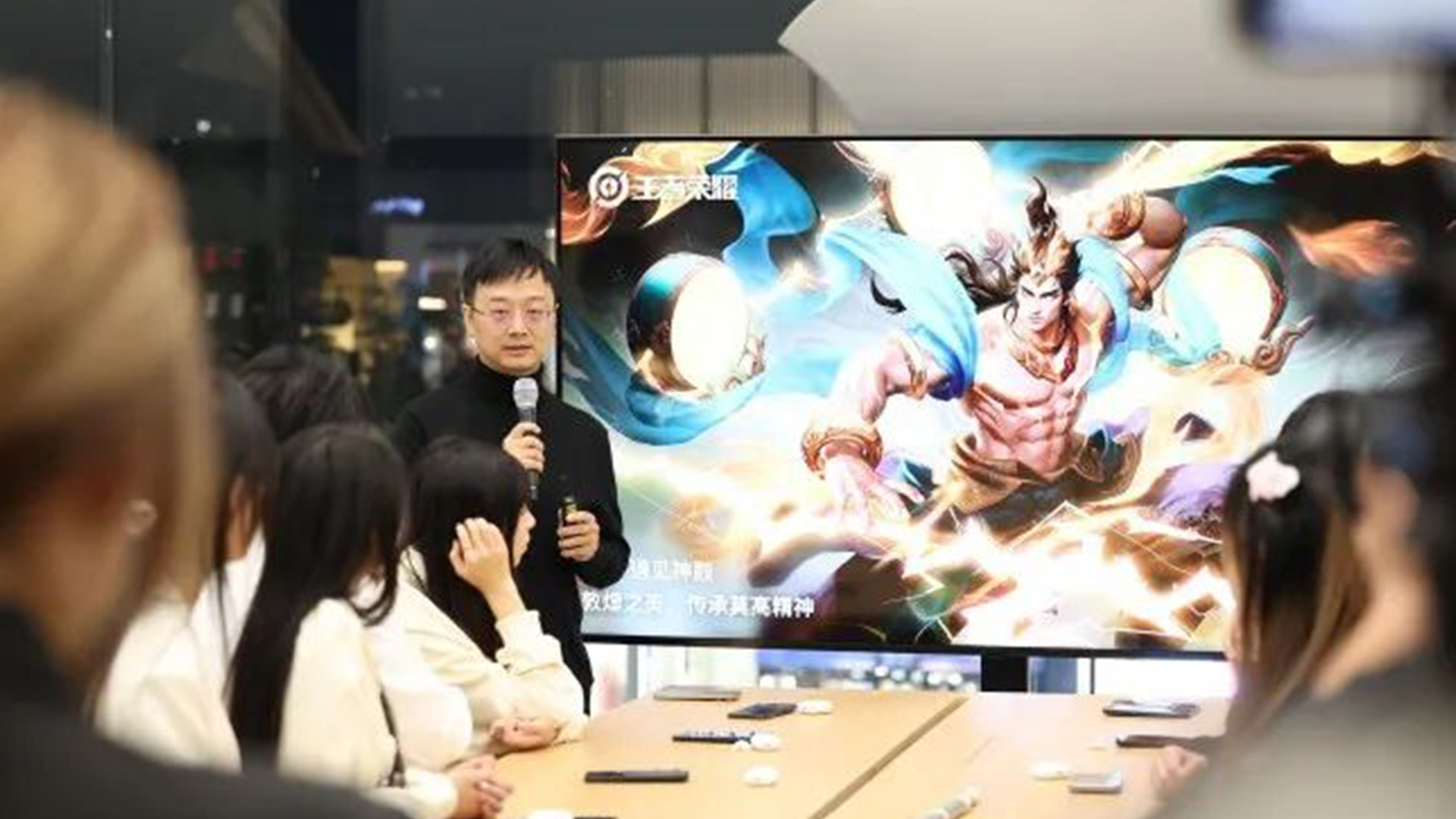
Before making significant changes or introducing radical new technology, the TiMi technical team seeks input from all departments, including design, art, and product, with users’ needs the utmost concern. When an agreement is reached, only time stands in the way of implementing the new addition to the game.
Of course, there’s more to making a game a success, with giant strides also made on the back end contributing to the popularity of Honor of Kings. Pointing to “improving production efficiency” and “enhancing game quality,” Fei highlighted the use of AI-assisted production technologies and infrastructural support as key pillars of the process.
This innovative path of incorporating differentiable rendering in the MOBA also leverages the power of AI to strike a balance among quality, performance, and productivity for game asset production. The results were evident, with TiMi hitting all stringent performance and quality requirements in overseas markets, reducing asset-production costs, and providing room to focus on other improvements.
With the mobile industry continuing to evolve and grow, the mandate is for Honor of Kings to do the same, be it with new gameplay modes, content or an elevated technical performance. This is something that Fei is well aware of. Still, the fundamental rule remains: Even as TiMi prepares itself for “new technology layouts and explorations of ideas in advance,” the team will “continue to perform ongoing optimizations to benefit the user experience, and that is not up for debate.”
